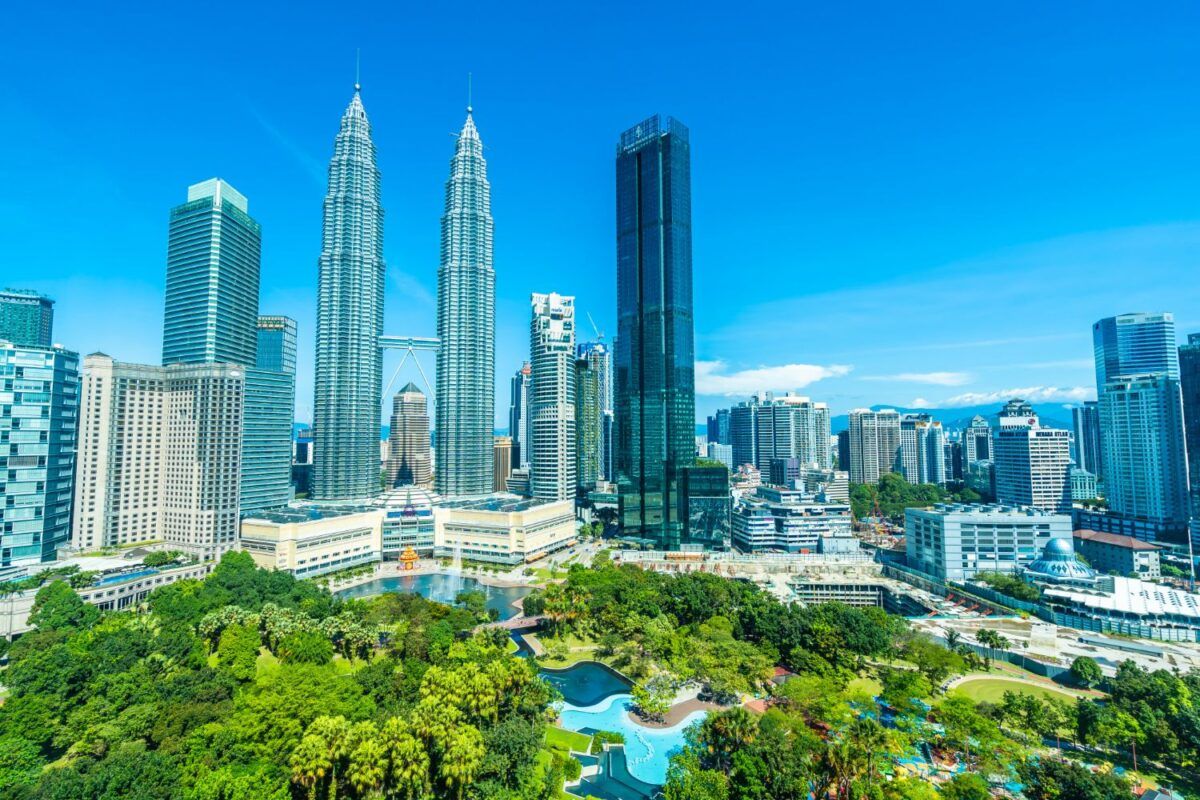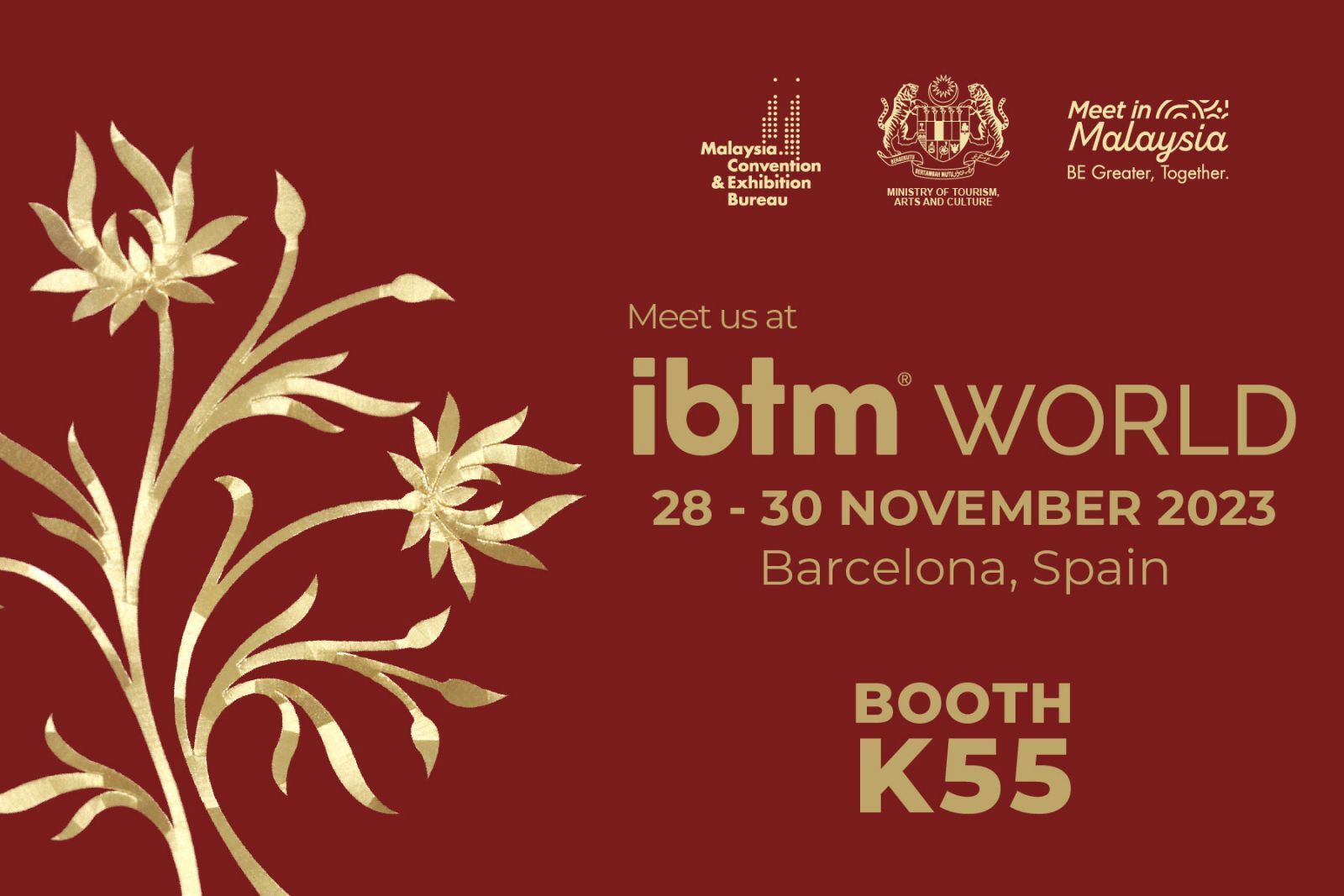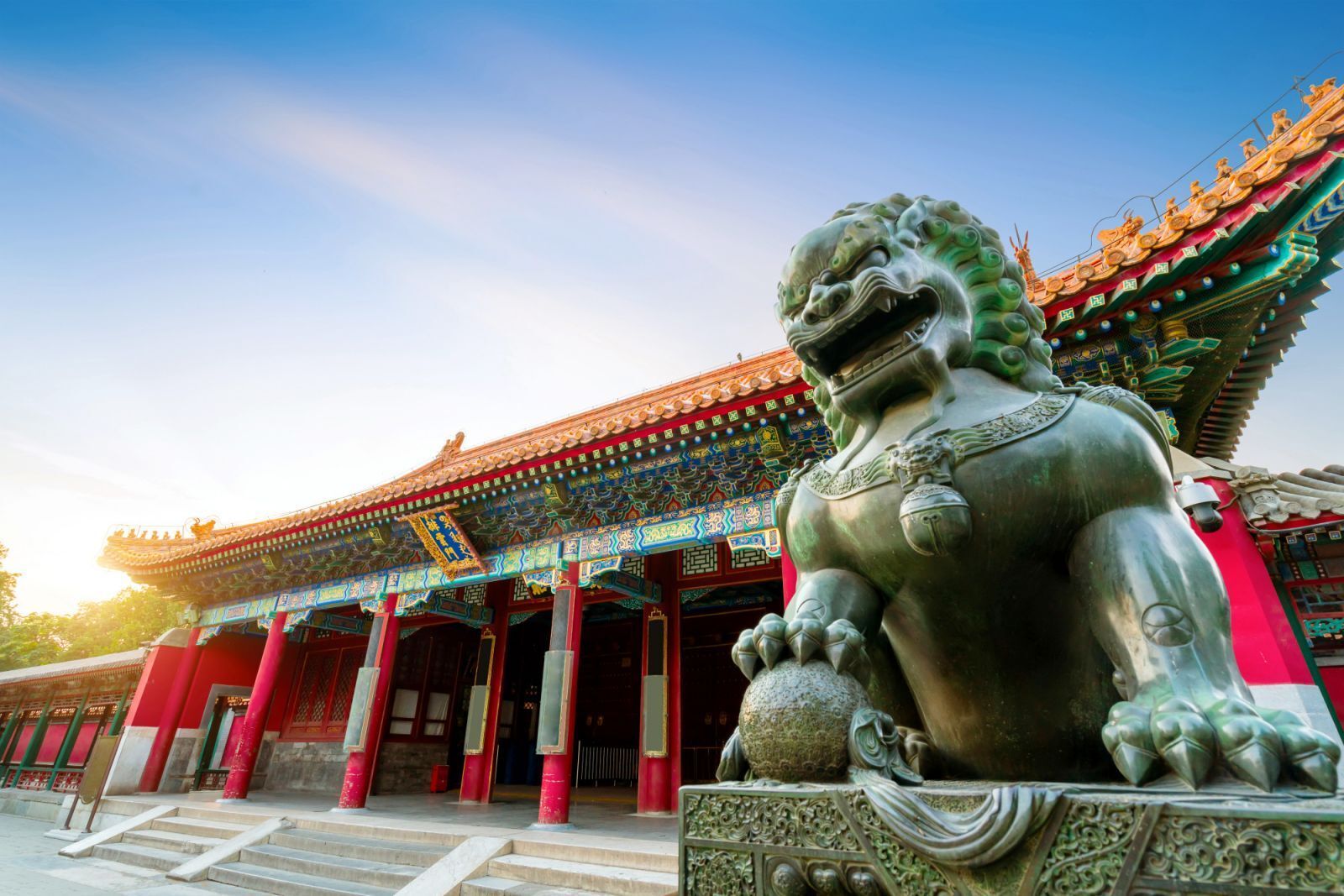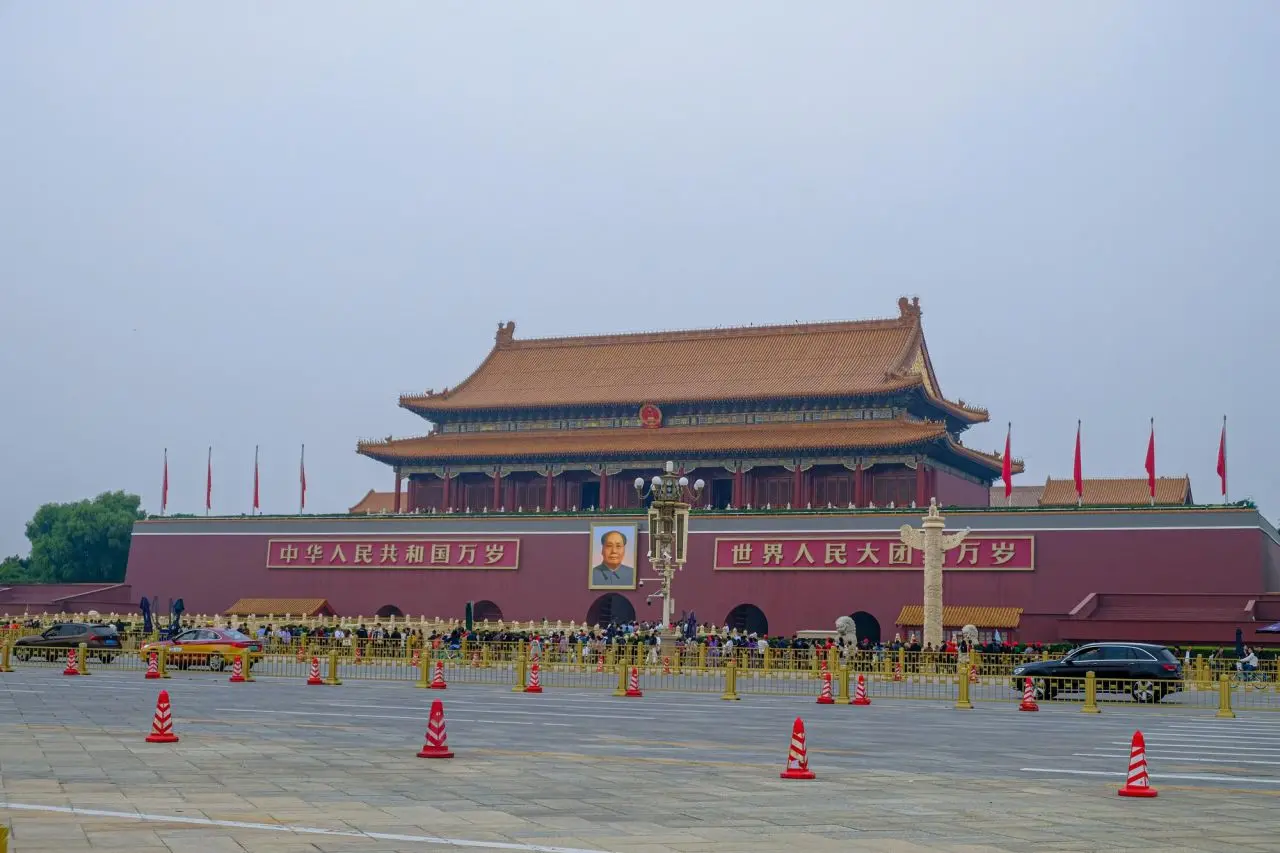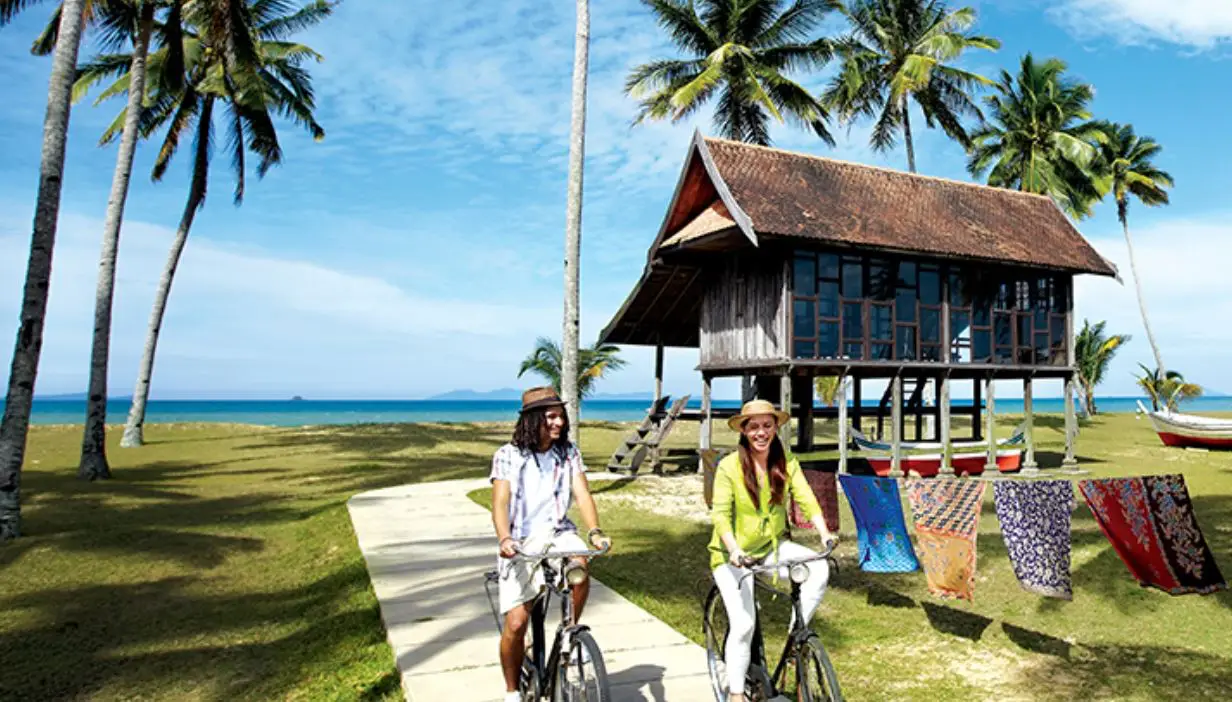The Malaysian government has introduced a 30-day visa-free entry program, sparking a significant boost in tourism.
This visa free entry program, effective from December 1, extends to citizens from various countries including China, India, Turkiye, and several Middle Eastern nations.
A Catalyst for Tourism Growth
This visa-free policy is seen as a major step in reviving Malaysia’s tourism sector, which has faced challenges in recent times. AirAsia, a leading airline in the region, quickly responded by expanding its flights between Malaysia and both China and India. Tony Fernandes, CEO of Capital A, AirAsia’s parent company, praised the Malaysian government’s forward-thinking approach.
Fernandes said, “This is a huge, much-anticipated news not only for AirAsia but for the country, and we truly thank the Malaysian government, particularly Prime Minister Dato’ Seri Anwar Ibrahim, for this forward-thinking initiative. AirAsia has been at the forefront of trying to make visiting Malaysia from India easier. The 30-day visa-free entry for the citizens of India will surely provide a welcome boost for Malaysia’s tourism and its economy ahead of the upcoming peak travel season while boosting economic bonds between these great nations. As a vital player in the aviation sector, we stand ready to add capacity to support the demand for affordable and accessible air travel in the region.”
The Malaysian Association of Hotel Owners, through its executive director, Shaharuddin M Saaid, has also welcomed this policy. The focus is on key tourist markets for Malaysia, and the importance of sufficient flights and seats to accommodate the expected increase in tourists has been highlighted. This strategy is crucial for the success of the upcoming Visit Malaysia Year 2026.
Shaharuddin stressed the need for well-coordinated travel infrastructure to effectively manage the anticipated boost in tourist numbers. He believes that seamless travel arrangements are key to the success of this initiative.
In Sabah, a major tourist destination in Malaysia, Chief Minister Hajiji Noor expressed optimism that the visa-free entry for Chinese and Indian visitors would significantly aid the state’s tourism recovery. To date, Sabah has achieved 85.6% of its tourism target for the year.
The visa-free entry policy is not just a strategic move for the Malaysian tourism industry but also a signal of the country’s commitment to becoming a more accessible and welcoming destination for international travelers. With its rich cultural heritage, diverse landscapes, and warm hospitality, Malaysia is poised to regain its position as a top travel destination in Southeast Asia. The success of this initiative could serve as a model for other nations seeking to boost their tourism sectors in a post-pandemic world.
Foreigners visiting Malaysia must fill up a digital arrival card
Starting December 1, all foreigners traveling to Malaysia are required to complete the Malaysia Digital Arrival Card (MDAC) online at least three days prior to their arrival. This new regulation, announced by the Immigration Department of Malaysia, aims to streamline the immigration process and enhance security measures.
On its website for the online registration of MDAC https://imigresen-online.imi.gov.my/mdac/main, the department said the requirement to submit MDAC before arriving in Malaysia applies to all travellers, except for three categories.
The three categories of travellers who do not have to submit the MDAC are those transiting or transferring through Singapore without seeking immigration clearance; Malaysian permanent residents; and Malaysian Automated Clearance System (MACS) Holder.
In addition to completing the MDAC, visitors are required to show their passports and the completed MDAC to immigration officers upon arrival in Malaysia. However, citizens from 10 countries – Australia, Brunei, Germany, Japan, South Korea, New Zealand, Saudi Arabia, Singapore, the United States, and the United Kingdom – have the added convenience of using autogates for immigration clearance at Kuala Lumpur International Airport’s Terminal 1 and Terminal 2.
To be eligible for autogate usage, these visitors must have a passport with at least six months of validity and must have submitted their MDAC three days before arrival. First-time visitors to Malaysia are not eligible to use the autogate; they must enroll and verify their passports at a manual counter during their first visit. Subsequent visits will allow for autogate use, provided the MDAC is submitted in advance for each trip.
These changes reflect Malaysia’s commitment to modernizing its border control processes while ensuring the safety and security of both travelers and residents.

